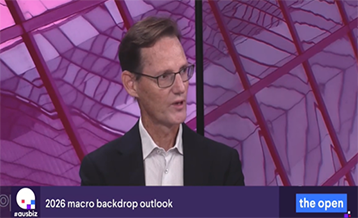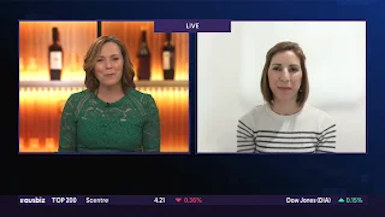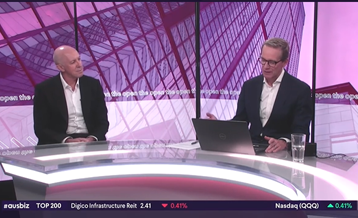News and Insights
Report
Global equity markets closed the year strongly amid monetary easing, fiscal support, AI-driven growth, weaker USD, and resilient earnings. Notably, the strength was broad-based spanning U.S., Europe, UK, and emerging markets with cyclical, tech, and commodity-linked sectors benefiting most.
Video
Watch our own Investment Specialist Grant Mundell speak with Ausbiz about the latest market news and updates.
Report
ASX 200 rose 1.3% in December, taking the total return for 2025 to +10.3%. Australian equities outperformed Global Equities (MSCI World ex Australia) which fell 0.9% (in $A terms).
As the festive season approaches, more Australians are seeking meaningful, lasting ways to celebrate, shifting away from the commercial rush and instead embracing the spirit of giving back
Video
Get that latest market news and updates from our own Chief Investment Officer, Darren Thompson.
December 10 marks Human Rights Day and this year’s theme of “Our Everyday Essentials” highlights the fact that not every Australian has access to adequate housing – with a growing number of older people falling through the cracks and in need of support.
Increased investor demand for predictable income streams at competitive yields has recently seen several listed debt offerings come to the Australian market.
Report
The market has moved away from any rate cuts in the coming months, however, there is a possibility later in 2026 and especially so if inflation moves towards the lower end of the band and employment stumbles
What began as Bruce and Janie Dyson’s act of generosity has become a family tradition and one that redefines what meaningful, flexible philanthropy can be.
When grief shatters a child’s world, Feel the Magic helps to put the pieces back together. Here’s the story of the unique Australian organisation that’s been guiding children from heartbreak to hope for the last 12 years.










